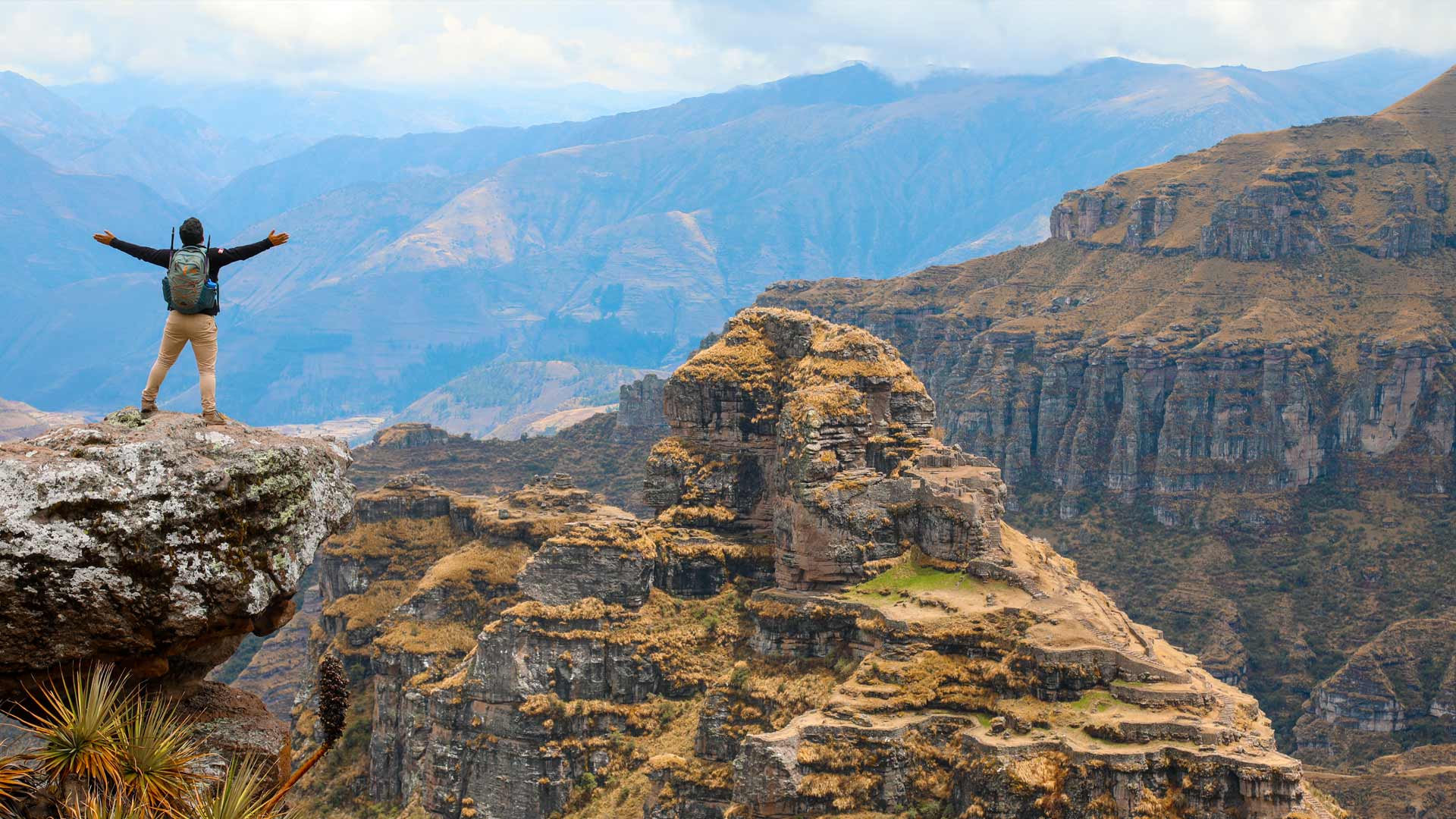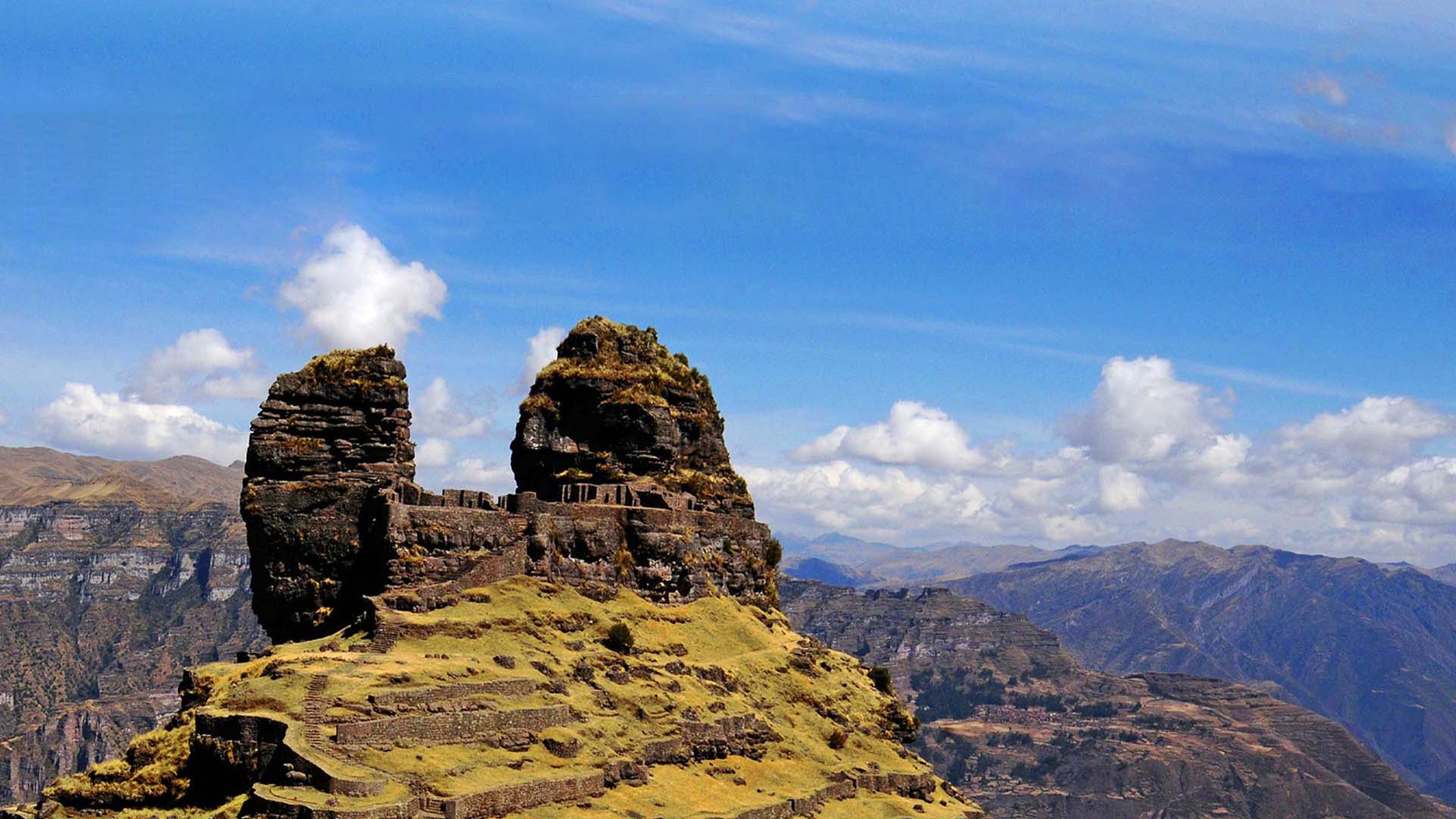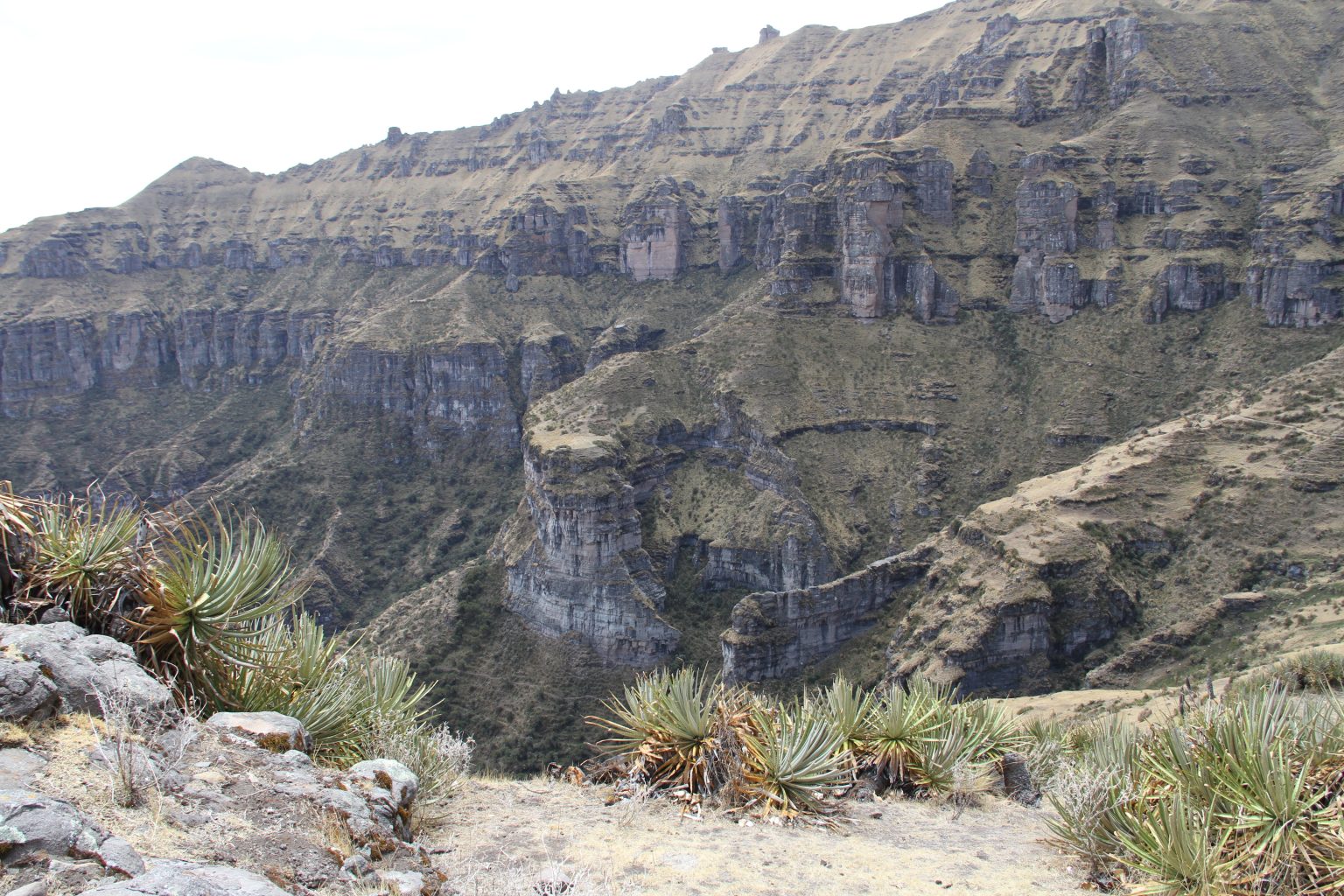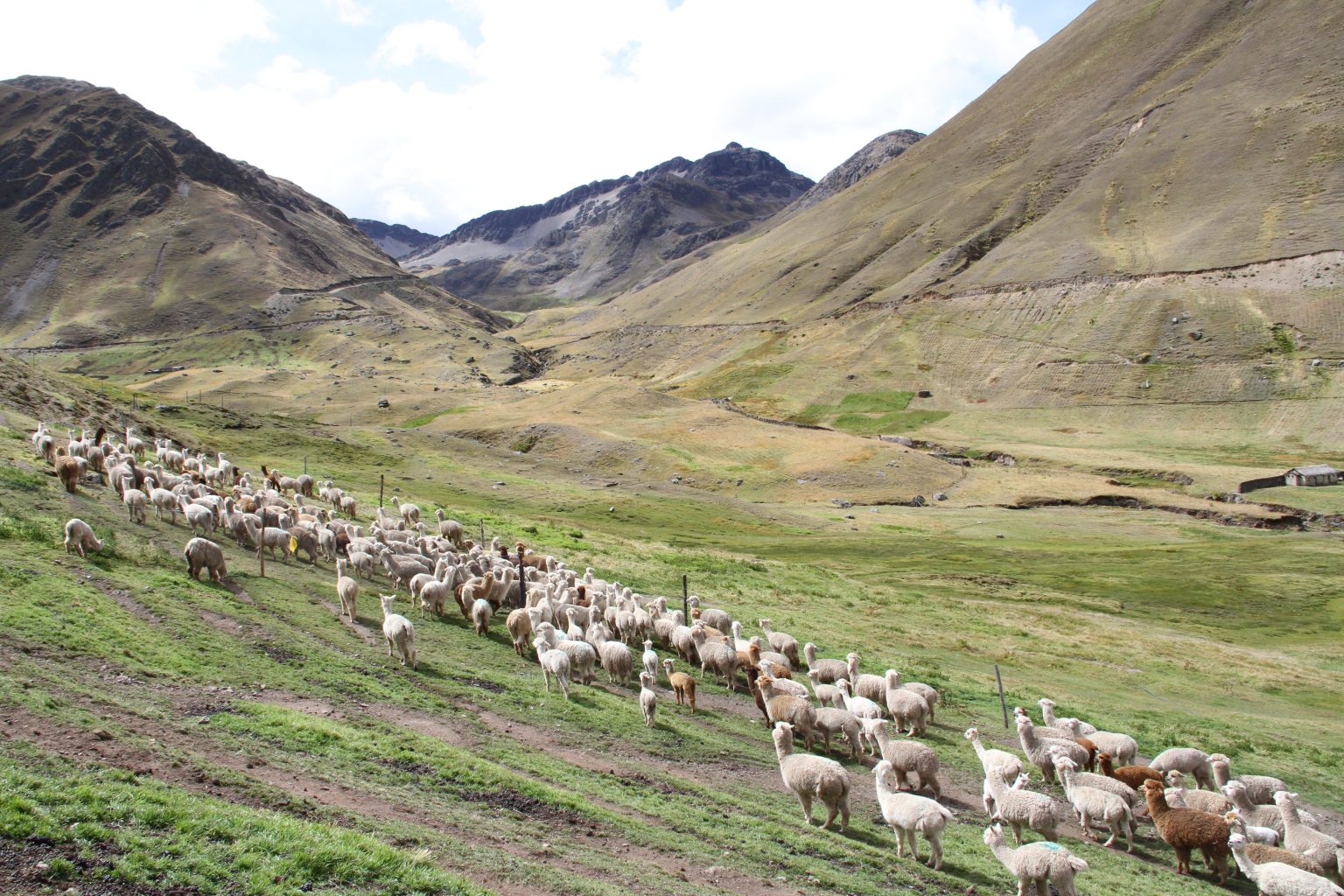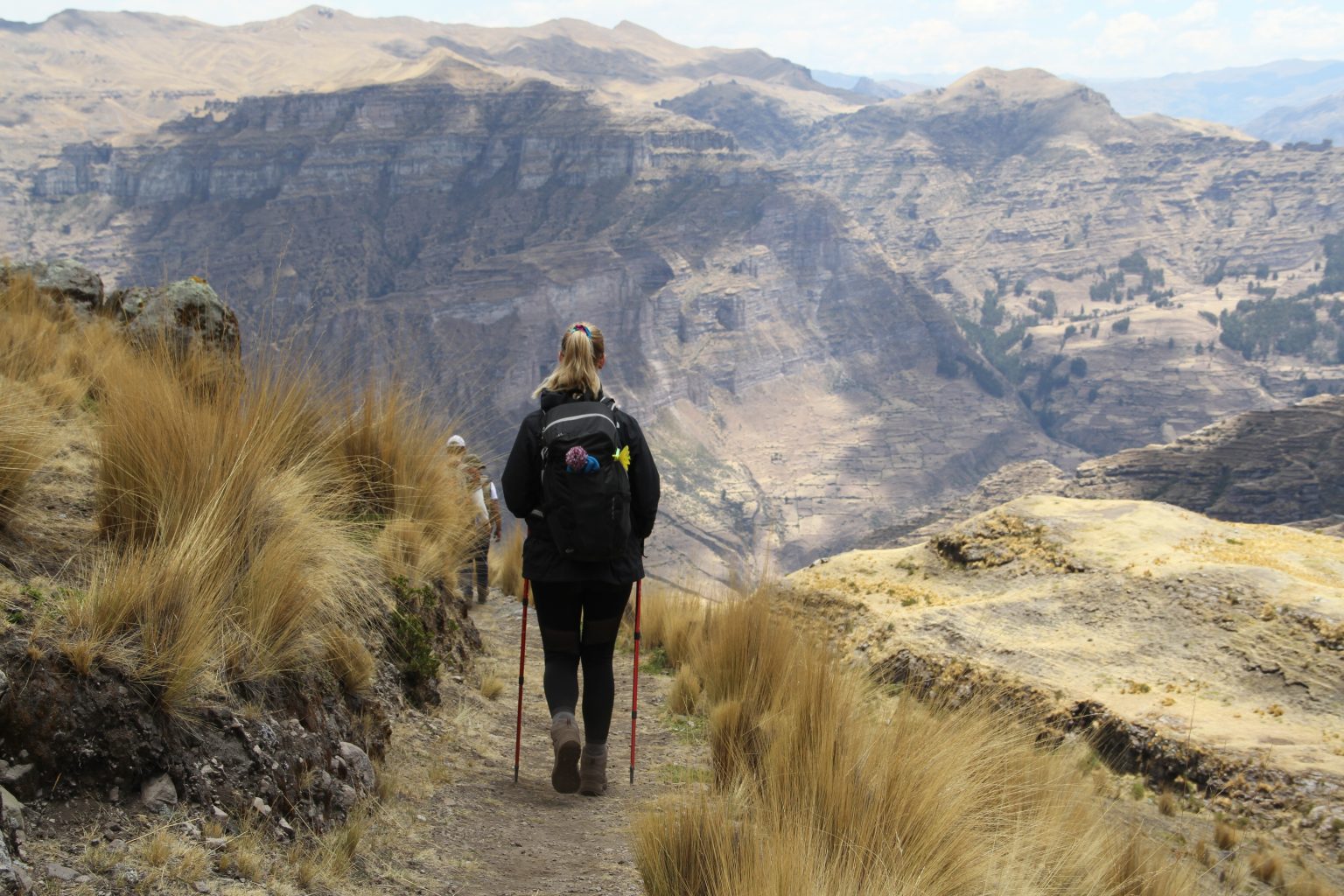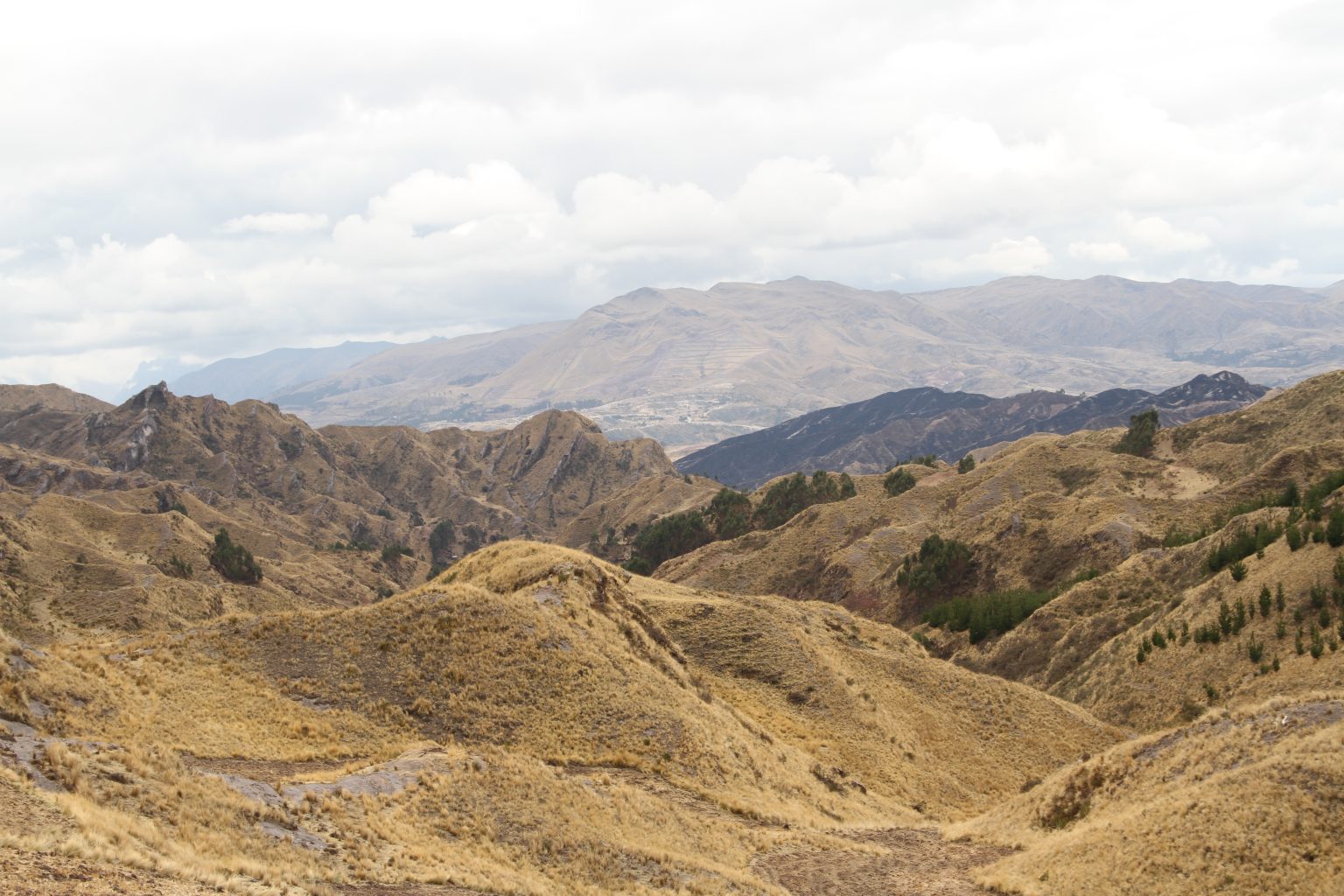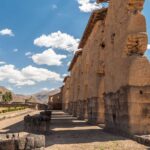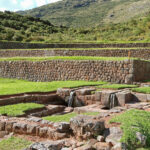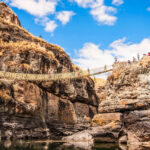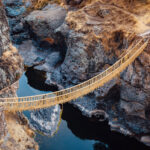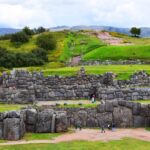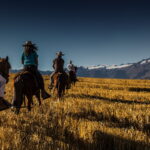+51 993 602 960
[email protected]
ECOFRIENDLY COMPANY
- HOME
- INCA TRAIL TREKS
- ALTERNATIVE TREKS
- SHORT HIKES
- Day Tour
- Palccoyo and 4 Lakes Tour – (full day) – Cusco, Peru
- Palccoyo rainbow mountain Full day – 1 Day
- Sacsayhuaman Mystical Trek – Full day
- Waqrapukara Tour Full Day
- Palccoyo and Raqchi (Temple of Wiracocha) – full day – Cusco, Perú
- Walk around the city of Cusco – Half Day
- Maras and Moray Tour – Half Day
- Sacred Valley and Maras – Moray Tour – Half Day
- Sacred Valley and South Valley Tour – Full Day
- Four Ruins Horseback Riding – Half Day
- Sacred Valley Of The Inkas
- Horseback Riding – Half Day
- Main Temple Sacsayhuaman & Sacred Valley
- Four Lakes and Inka Bridge – Q’eswachaka
- PACKAGE TOUR
- Lima, Cusco, Machu Picchu, Puno 5 days and 4 nights
- Lima, Cusco, Puno, Arequipa 9 days and 8 nights
- Cusco Machu Picchu 5 days and 4 nights
- Cusco Machu Picchu 4 days and 3 nights
- Machu Picchu, Cusco – Traditional Tours 5 days and 4 nights
- 3 days tour to Machu Picchu and Cusco
- Q’eswachaka Inca Bridge & Machu Picchu 2 days and 1 night (Private Service)
- Experiential tourism in the Province of Acomayo 3 days 2 nights
- Living Rural Tourism Raqchi 2 days and 1 night
- CONTACTS

